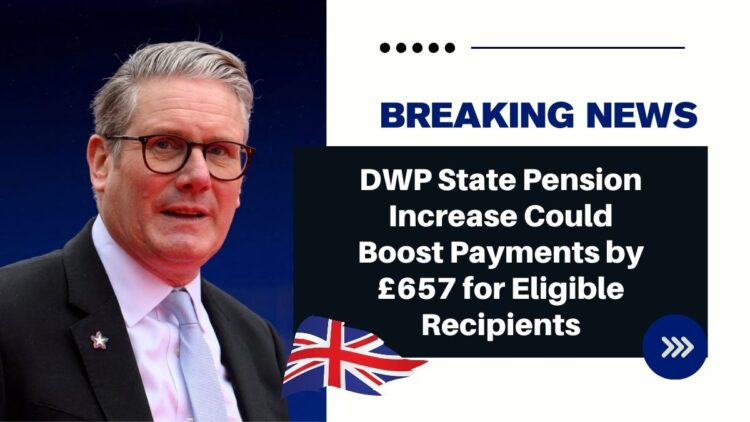UK pensioners born post-1951 could receive a financial uplift of up to £657 in the 2025/26 fiscal year, driven by the Triple Lock mechanism. Those qualifying for the full new State Pension might earn as much as £11,973 annually, which breaks down to £230.25 per week.
Triple Lock’s Impact: New Weekly and Annual Estimates
Thanks to a 5.5% rise in average earnings, the weekly State Pension payout is expected to increase to £242.90. This adjustment translates to nearly £972 over four weeks, accumulating to a new annual total of £12,630.80.
How the Triple Lock Formula Works
The Triple Lock system ensures that the State Pension rises each year based on the highest of three benchmarks:
- Average earnings growth from May to July
- Consumer Price Index (CPI) in September
- A fixed rate of 2.5%
This safeguard is designed to protect pensioners’ incomes in line with living costs and wage growth.
UK Economic Overview and Its Influence
Despite a 0.1% dip in the UK’s economy in May 2025, the Office for National Statistics (ONS) reported a 0.5% GDP growth for the March–May period—slightly above the 0.4% forecast.
According to Professor Joe Nellis of MHA, this progress still pales in comparison to the strong economic performance in early 2025, which was fueled by export growth and a resilient services sector.
Chancellor Faces Fiscal Challenges Ahead of Autumn Budget
Nellis highlighted that while the economic outlook appears more hopeful for the latter half of 2025, the Chancellor’s flexibility is constrained by high public debt and borrowing.
He warned:
“The Chancellor may be forced to cut spending, borrow more, or raise taxes. A reduction in non-protected department budgets is expected, but political resistance—especially within the Labour Party—may hinder major welfare reforms.”
Sustainability Concerns Surrounding the Triple Lock
A July report by the Office for Budget Responsibility (OBR) emphasized the growing strain the Triple Lock places on the national budget. As demographic changes and economic pressures intensify, maintaining this policy may become increasingly difficult. Nonetheless, any effort to reform or remove the Triple Lock could spark major political backlash, making it a risky move for the Government.
Conclusion
The Triple Lock mechanism may grant state pensioners an annual increase of £657 in 2025/26, offering some financial relief amidst broader economic uncertainty. While the UK economy shows modest recovery, the future of pension policy hangs in the balance as the Government navigates fiscal limitations and political tensions ahead of the Autumn Budget.
FAQs
1. What is the Triple Lock and how does it affect my pension?
The Triple Lock ensures that the State Pension increases each year by the highest of average wage growth, inflation (CPI), or 2.5%, preserving pensioners’ purchasing power.
2. How much could my weekly State Pension increase in 2025/26?
If current earnings trends continue, weekly payments could rise to £242.90, up from the current £230.25.
3. What will the new annual State Pension amount be?
Based on the projected Triple Lock adjustment, pensioners may receive £12,630.80 annually, an increase of around £657.
4. When will we know if the Triple Lock increase is confirmed?
The final decision will be outlined in the Autumn Budget 2025, where the Chancellor will announce confirmed State Pension rates for the following tax year.
5. Is the Triple Lock guaranteed to stay in place?
While still in effect, the Triple Lock’s long-term future is uncertain due to its rising cost. However, removing it could provoke significant political backlash, making changes unlikely in the short term.

